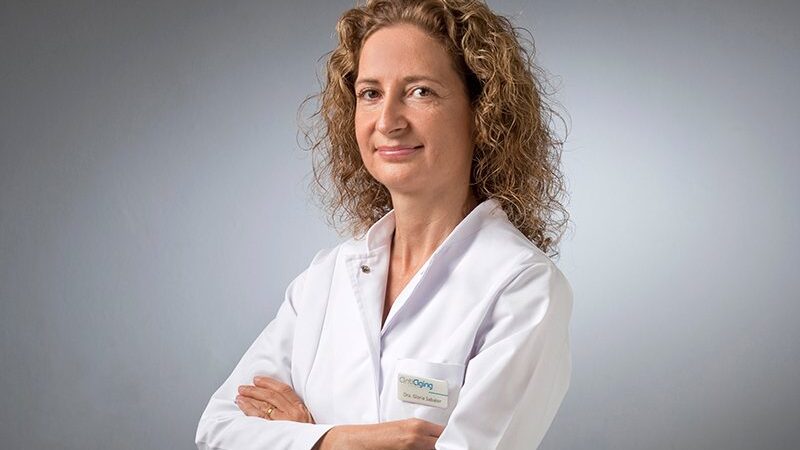Subscribe to our newsletter
Receive news and benefits on health and wellness.

SHA Magazine Health & Beauty
We Interview Dr. Gloria Sabater; Specialist in Preventive Medicine and Genetics SHA Wellness Clinic about genetics and the skin aging process.
1. How much weight do you think genes and the environment in which we live have in the aging process?
Approximately 25% genetics and 75% lifestyle.
2. Does the ethnic group determine the number of melanocytes, the skin layers and vascularity?
Yes, melanin pigment is protective against solar radiation and protects against melanoma and are also responsible for skin color.
3. Dark skin is better protected from the sun but are very sensitive to hyperpigmentation? Why?
If dark skin has more melanocytes it is logical that is more pigmented. Another thing is that the pigment does not play a role in the repair or protective ability of the stratum corneum or outermost layer of the epidermis, it protects the underlying tissue infections, chemical dehydration, etc.
4. Why is it greater the loss of water in dark and Asian skin? Are chemical or aggressive peelings harmful for them? Should they be careful? What else does this mean?
In the http://www.ncbi.nlm.nih.gov/pmc/articles/PMC4086530/ study it’s shown that based on electrical conductance, increased resistance and impedance, African Americans had a higher loss and dry skin from dehydration compared to Asians and Caucasians, but is not as clear, as it has been seen that there are other variables in play that have not been taken into account such as ceramides and cholesterol content of the skin.
5. In which place are europeans and their habits?
Genetics and skin aging is individual. But I think lifestyle (from the point of view food) is much better when bakery, prepared food and sweetened drinks are not involved…
Receive news and benefits on health and wellness.
